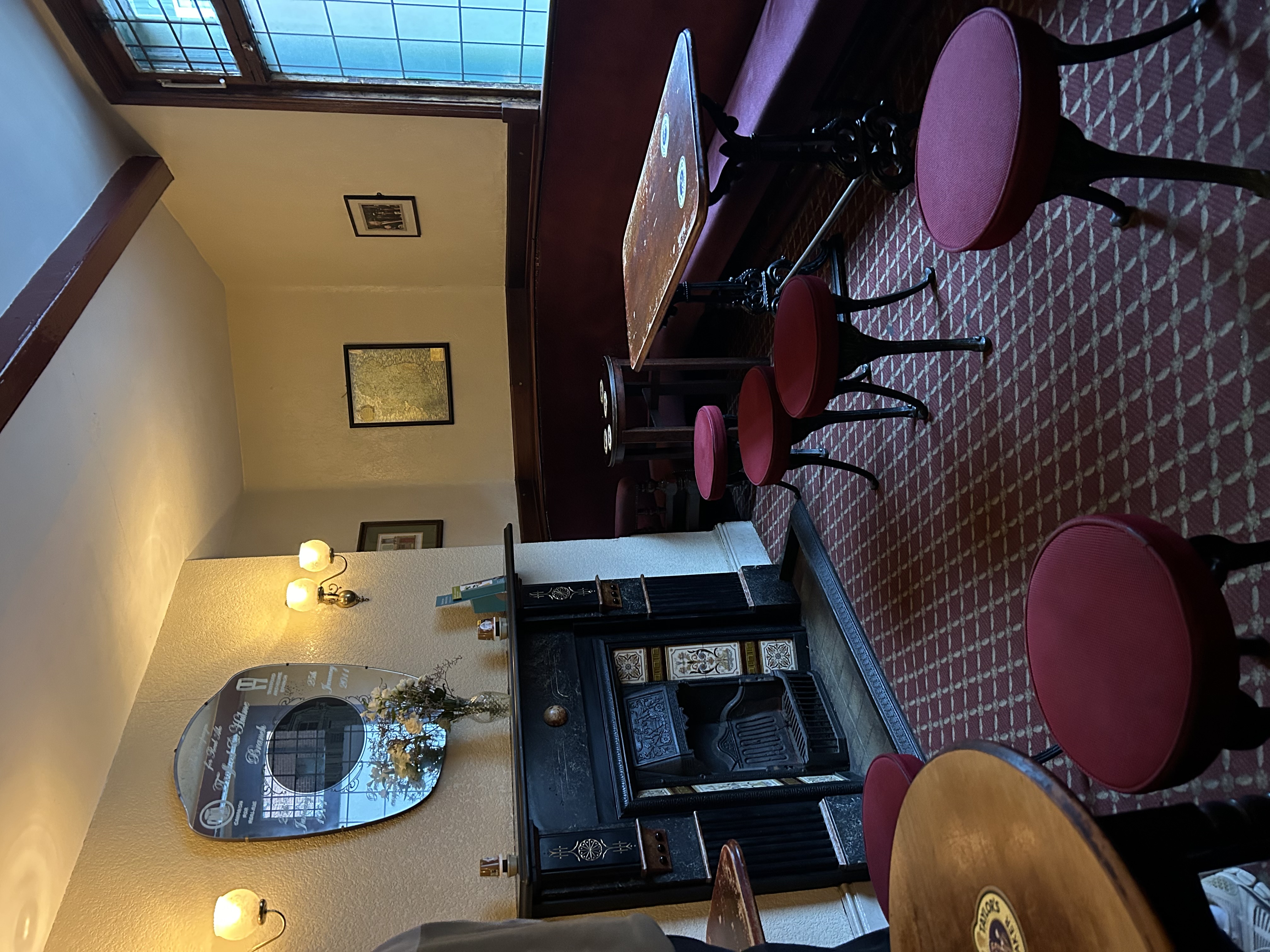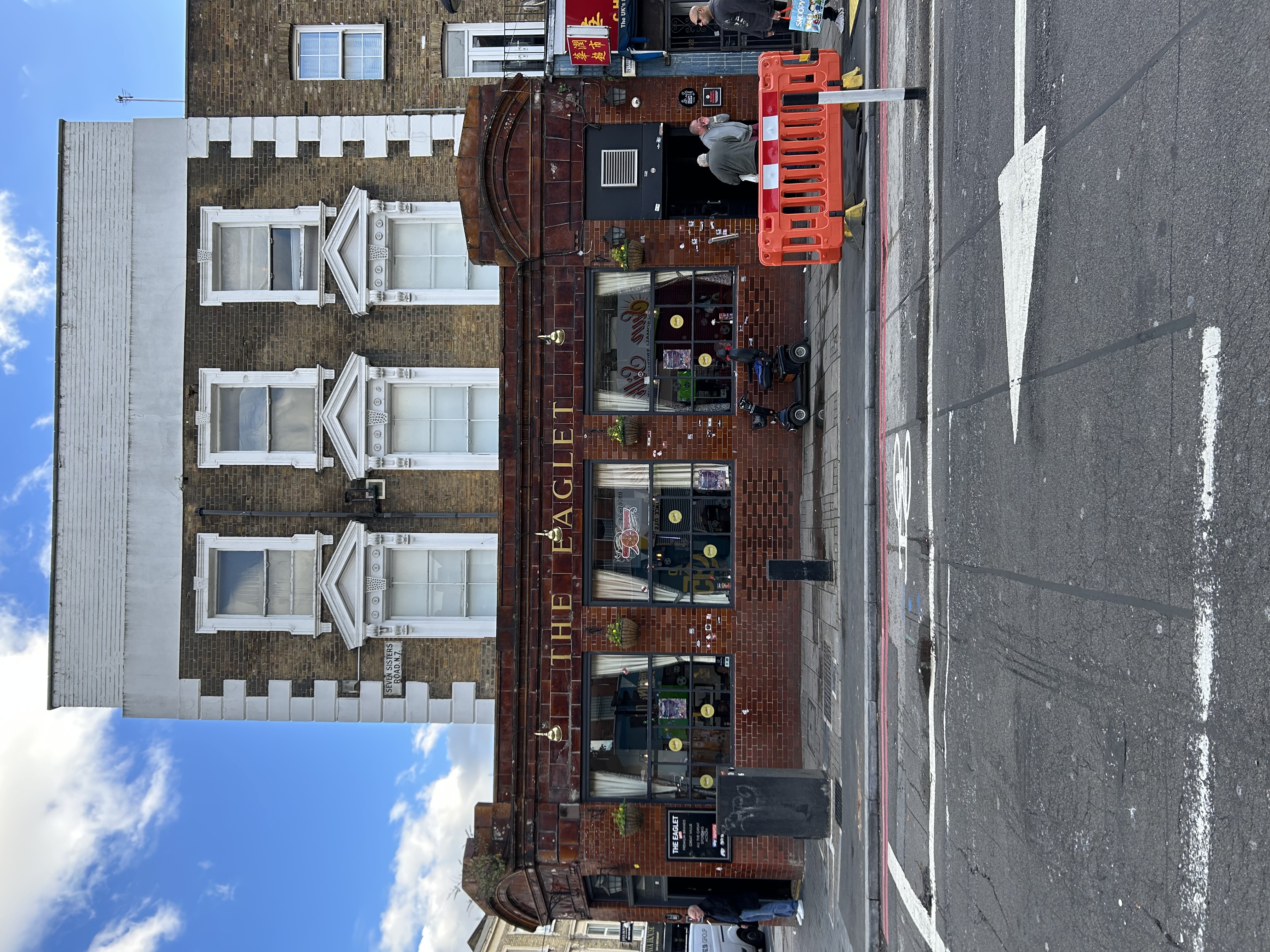Sir! Editor and Dead Pubs bloke Jimmy McIntosh this year visited his 1000th pub inside the M25. Did he learn anything at all on his vast piss odyssey?

Pub number one was The Adelaide. It was 2007, a couple of months before the smoking ban, and I can still remember the smell; decades of fag ash and spilled pints steeped into every banquette and lace net curtain. I was 16, and a pint of lager cost £2.90. Of course, there were pubs before that: a coterie of Kingston boozers dragged into by my parents when I was a kid; placated by the promise of a Rio, a packet of Salt & Vinegar McCoy’s, and a giant plastic tree house shaped like a woodland sprite. The Cricketers. The Swan. The Newt & Ferret. But The Adelaide in Teddington, with their laissez-faire attitude to underage drinking and an ambience like a swimming pool on senior’s afternoon, was where my voyage into the depths of inebriation really began.
It was a completely different world back then. Something shifted after the smoking ban. Carpets began to be stripped out; smoking areas converted into farmhouse dining rooms with uncomfortable wooden chairs and the promise of “elevated pub classics”. Pint prices seemed to go up every other year, and each time we tutted with the same faux-incredulity: I can’t believe it’s a fiver a pint. £6 for a pint! Can you imagine? We’ve finally hit the £7 mark. £8 a pint? Feels cheap for London. As the capital got ready for the Olympics, more and more pubs started shutting, casualties of a city desperate to smooth out any of its rough edges. The Newt & Ferret went. The Swan went. The Cricketers went. The older generation of pure pintmen shuffled off this mortal coil; the younger ones were put off by the possibility of boozing on the cheap at home, or getting sloshed in a Spoons. Today, the majority of pubs in London are, unfortunately, average. The romance and character that once filled these places has largely dissipated – replaced by exposed brick, harsh lighting, and whatever faddy food trend is popular at the time – to the point where the concept of the pub almost feels part of Old London – lost to the annals of time along with the Trocadero, Jeffrey Bernard, and Ed’s Easy Diner.

Nevertheless, a fair few excellent establishments persist. Last month I hit my 1000th pub inside the M25 (the de facto concrete perimeter of modern London). It’s a landmark pint I only really began to consider in 2024 when, on one of those hungover Sundays where the world stands still and the only things you can think about is the football and what takeaway you’re going to have for dinner, I decided to map out every pub I’ve ever been to in London. My rules were as simple: the pub had to be in London. I had to have remembered – really remembered – being there. And I had to have purchased some form of alcohol in it.
What were the highlights along the way? Pub number 19 was The Shakespeare’s Head, the Wetherspoons in Holborn; a rangy boozer in an old bank where I spent my 18th birthday, before convoying en masse to a house party in Deptford where everyone was slobbed out on ketamine and my friend hallucinated the Buddha. Pub 182 was The Old Ship in Limehouse, the cockney drag gaff that was the local of my first flat in London, a single room in an abandoned sweet factory above a late-night jazz bar which I shared with another bloke. I paid £150 a month, but only lasted for six. I broke up with a girlfriend outside pub 246, The Lord John Russell in Bloomsbury. There were birthday pubs, wake pubs, congratulatory pubs; pubs where genius ideas were first fleshed out and pubs where I won on the Grand National. By the time I hit my thirties I was actively seeking out pubs further and further afield – Captain Morgan’s in Hayes (pub 842); The Black Deer in Debden (pub 902); The Flying Machine in Biggin Hill (pub 932). Pub hunting is addictive stuff, and there are few activities I enjoy more than making a real Saturday of it, getting out to the fringes of the city and crawling from groghole to sothouse, pounding new pavement and exploring the edgelands of London.
In the end, pub 1000 passed with little fanfare. I’d begun ticking off pubs I didn’t even particularly enjoy as I approached the milestone: a bunch of posho Mayfair ones when I had an hour to kill before dinner; a buzzy new opening in Islington; a tourist trap Greene King on the way back from work one day. One Sunday in late February, I decided to get over the hump, picking up a bunch of newly opened pubs near my house. In went the Duke of St Albans (997), the Lord Southampton (998), and the White Horse (999). Where would be 1000? Partly because I wanted to get it over with, and partly because I had to write this article, I took the Overground from Hampstead Heath to Brondesbury, and made my way to McGlynn’s Bar (1000).

What does the future hold for pubs in London? The kids are supposedly drinking less, but they’re also much more appreciative of the Proper Pub – the psychedelic carpets, the plush primary coloured banquettes, the buzzy atmospheres. Those stripped-back, strip-lit Victorian burger boozers that so enraptured the millennials now seem like old hat. Who wants to drink below an exposed industrial air vent? As well as a raft of recent pub openings which focus mainly on good booze, with just a complementary food offering (The Blue Stoops, The Devonshire, The Knave of Clubs) places like McGlynn’s Bar – thriving small shop conversions, often Irish, with cheap pints and late licenses – show that rumours of the pub’s demise have been greatly exaggerated.
JIMMY McINTOSH’S TOP 10 PUBS IN LONDON